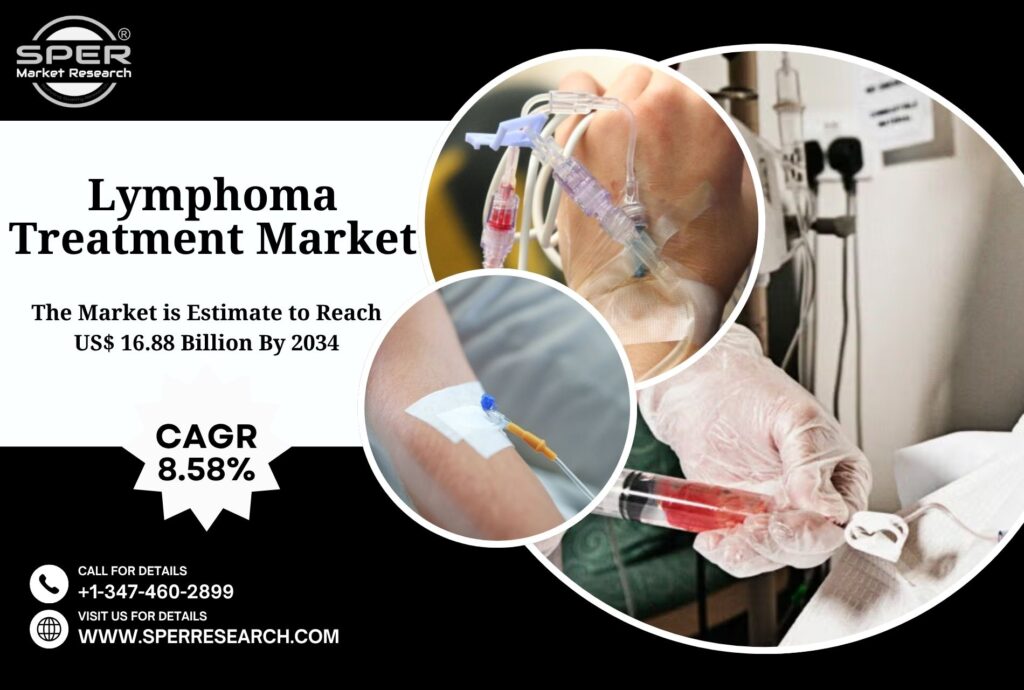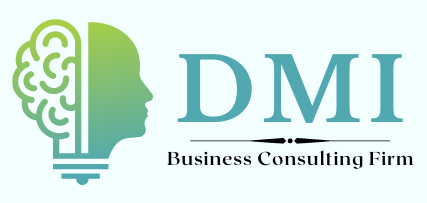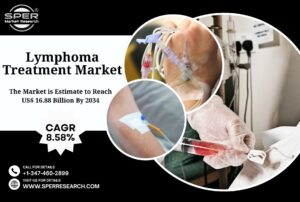Lymphoma Treatment Market Growth and Trends 2034

The term Lymphoma Treatment describes the variety of medical procedures and treatments used to treat and cure lymphoma, a kind of cancer that starts in the lymphatic system. It mostly consists of non-Hodgkin lymphoma and Hodgkin lymphoma. Destroying malignant cells, delaying the course of the illness, and enhancing patient survival and quality of life are the goals of the treatment. Stem cell transplantation, immunotherapy, targeted therapy, radiation therapy, chemotherapy, and new biologic medications are common forms of treatment. The patient’s health, disease stage, and lymphoma subtype all influence the therapeutic selection. Globally, the effectiveness of treatment is being improved by ongoing developments in customized medicine and novel medications.
According to SPER market research, ‘Global Lymphoma Treatment Market Size- By Type, By Drugs – Regional Outlook, Competitive Strategies and Segment Forecast to 2034’ states that the Global Lymphoma Treatment Market is predicted to reach 16.88 billion by 2034 with a CAGR of 8.58%.
Drivers:
Treatment for lymphoma has changed dramatically with the growing use of targeted medicines and immunotherapies, which are more effective and have fewer adverse effects than traditional chemotherapy. Immunocheckpoint inhibitors, CAR-T cell treatments, and monoclonal antibodies have transformed the industry and increased patient survival rates. Market growth has been spurred by the FDA’s quick clearance of innovative treatments as well as ongoing clinical trials. Pharmaceutical firms are also making significant R&D investments to create novel treatment alternatives, which will accelerate market expansion. The need for cutting-edge treatments has also increased due to the growing incidence of lymphoma, especially in older populations. Additionally, favourable government programs and reimbursement guidelines have increased accessibility to these medicines, which has accelerated market uptake.
Download the Detailed Analysis in PDF format, Here
Restraints:
Growth in the lymphoma market is significantly hampered by the high expense of treatments, especially CAR-T cell and new targeted therapies. A considerable section of the population cannot afford the hundreds of thousands of dollars required for many advanced treatment alternatives. Patient access is further limited, especially in developing nations, by stringent insurance coverage requirements and limited reimbursement practices. Even in established markets, out-of-pocket costs can be prohibitive, which may cause patients to postpone or forego treatments. The expense of supportive care, follow-up therapies, and hospital stays further contributes to the financial burden. Pricing concerns continue to be a major barrier to healthcare affordability, even in the face of government initiatives to enhance it.
North America dominates the lymphoma treatment market due to advanced healthcare infrastructure, high adoption of targeted therapies, and the strong presence of leading pharmaceutical companies. Some of the major companies are Bristol-Myers Squibb Company, Celgene Corporation, Merck & Co., Inc., F. Hoffmann-La Roche Ltd., Seattle Genetics, Inc., Takeda Pharmaceutical Company Ltd., Johnson & Johnson, Eli Lilly and Company, Abbott Laboratories, AstraZeneca, Bayer AG, Novartis AG.
For More Information, refer to below link: –
Lymphoma Treatment Market Growth
Related Reports:
Multi Cancer Early Detection Market Growth
Non-opioid Pain Treatment Market Growth
Follow Us –
LinkedIn | Instagram | Facebook | Twitter
Contact Us:
Sara Lopes, Business Consultant — USA
SPER Market Research
enquiries@sperresearch.com
+1–347–460–2899





